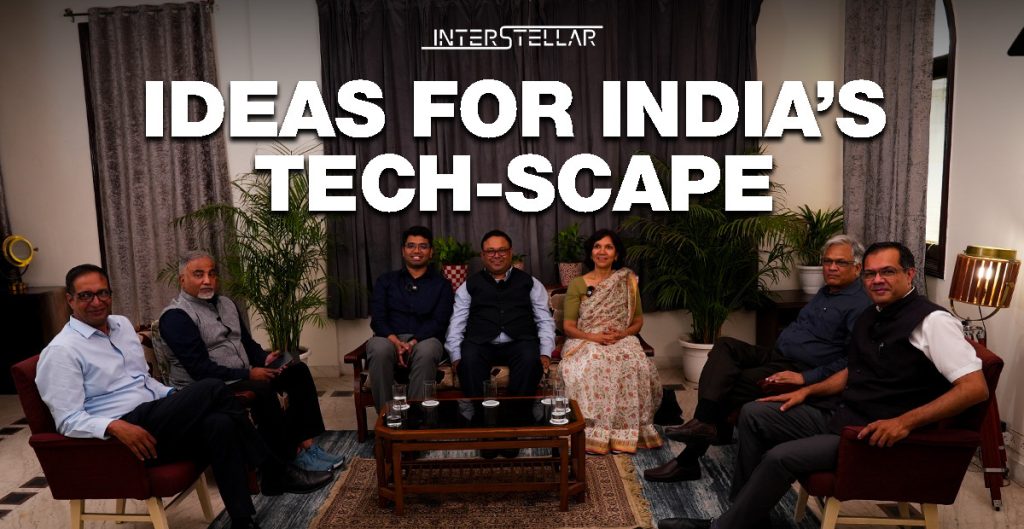When the Chinese decided to disrupt the technology landscape, it was based on a close study of how the West had gone about gaming the system. It boiled down to charging low prices for raw materials from poor countries and high prices for the technologies developed by the West.
“China went on the offensive, setting a deadline to take leadership in multiple areas and to take an example, spent $29 billion to promote the TV industry. It was the kind of commitment put in by the Chinese government working in tandem with industry,” said Jaijit Bhattacharya, head of the Centre for Digital Economy Policy Research.
He was among the speakers at a discussion on India’s tech landscape on StratNews Global. Bhattacharya argues that China focused on disruption, visible in the EV space where it opted to go the whole hog on electric, disregarding mainstream industry thinking on hybrids. He believes India’s launch of a 3-D printed rocket is an example of the kind of innovation and disruption that this country needs.
Former diplomat and ambassador to Venezuela Smita Purshottam, has been focused on the Indian telecom industry where everything is imported. In her view, India’s national security is compromised given that a lot of equipment is of Chinese origin. Through her NGO SITARA (Science, Indigenous Tech and Research Accelerator), she has sought to push government towards sourcing telecom equipment from Indian firms.
It remains a work in progress with the government procurement system heavily oriented towards imports. A similar situation prevails in defence where she says the current procurement rules should be changed to research, development and acquisition procedure.
“We need to emulate some aspects of the Chinese and US innovation models … and address the specific negativities in our system which is lack of R&D investment … and the lack of leveraging of domestic procurement.”
Purshottam made another point: “We’ve given a proposal for a sovereign compute stack which could create the kind of trillion-dollar value possibility in India. We create the entire compute stack here from the design side.”
Subrata Mitra who heads government liaison for Bengaluru-based EV two-wheeler maker Ather, says his company is in a sweet spot.
“It was incubated at IIT Madras, everything is homegrown, all the code inside the vehicle is ours and we know exactly how it behaves and that is why we have one of the highest safety ratings and why the consumer base is so tightly linked to us.”
Mitra noted that the Indian two-wheeler industry is huge, and while the domestic demand is enormous, there is a lot of export to Africa, Latin America, Central Asia and Southeast Asia. These regions would be looking at India for electric two-wheelers at a time when China is focusing on electric cars and Japan on hybrids.
Given that electrics demand a high level of integration with R&D being done in house, Mitra believes that “Backward, forward, vertical integration has to happen … from the cell manufacturer to the forging press … like how Tesla has done with the entire manufacturing ecosystem under one roof.”
Satakratu Sahu, Research Analyst at Carnegie, commends India’s focus on AI but called for innovation with government setting aside 10,000- crore for the mission. He said a comprehensive regulatory framework was essential, also a rich data base, skilling of labour and compute power to process data.
Commodore Arun Pratap Golaya (Retd) who drove innovation while in the navy, says Sanskrit could be the game changer for India in AI. The world over, anybody researching AI gets into Sanskrit. It is native to India and gives us an advantage. India could come up with something radically different.





